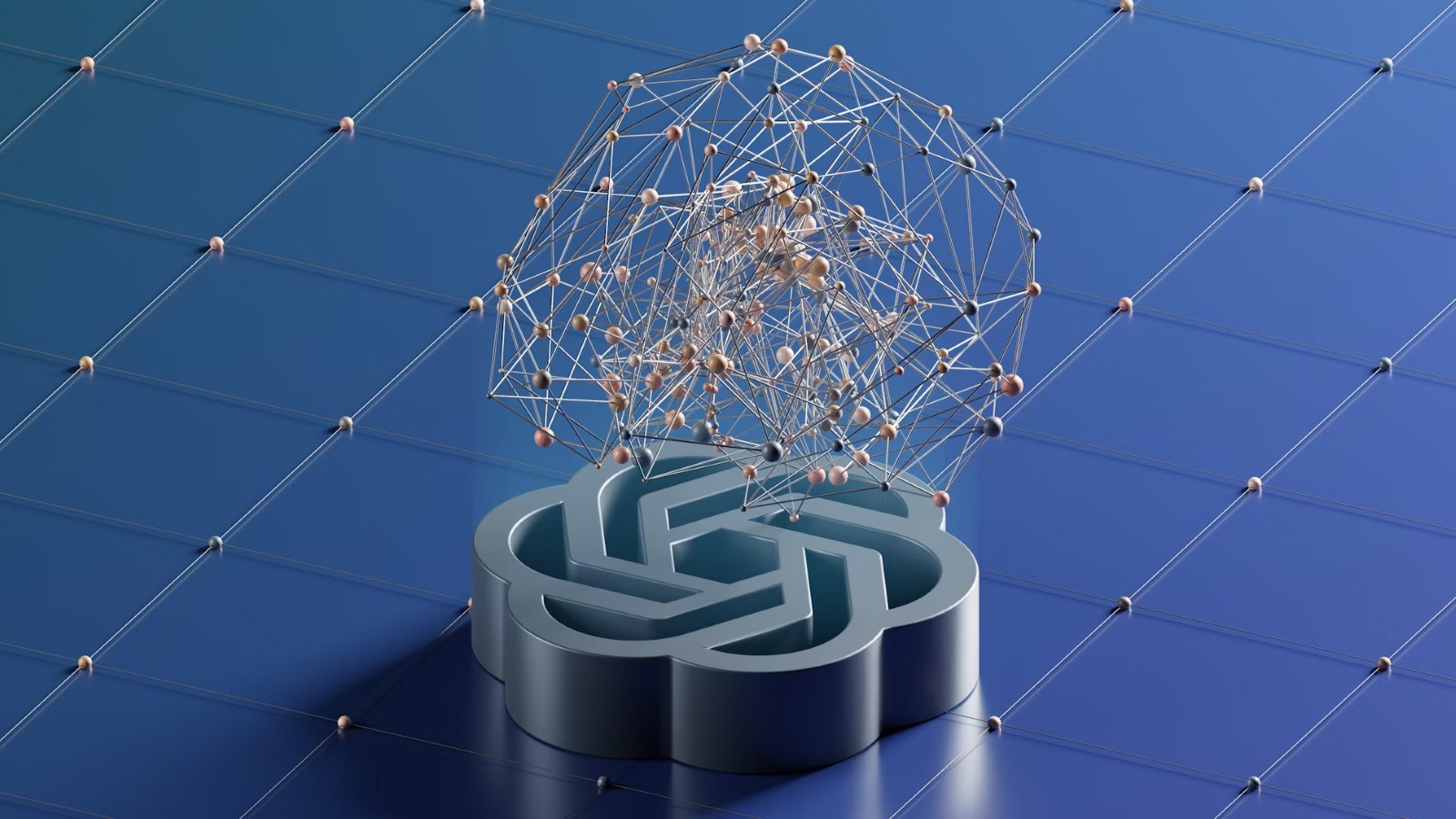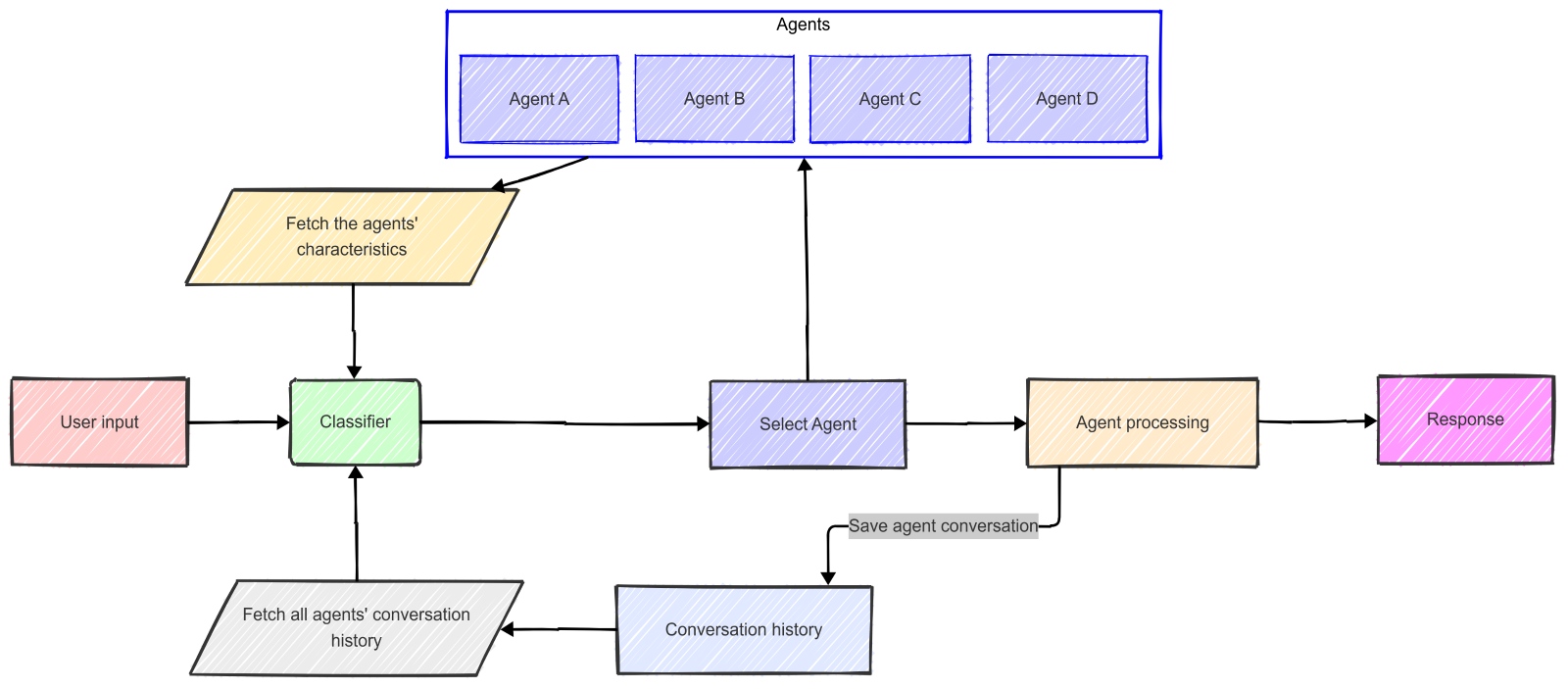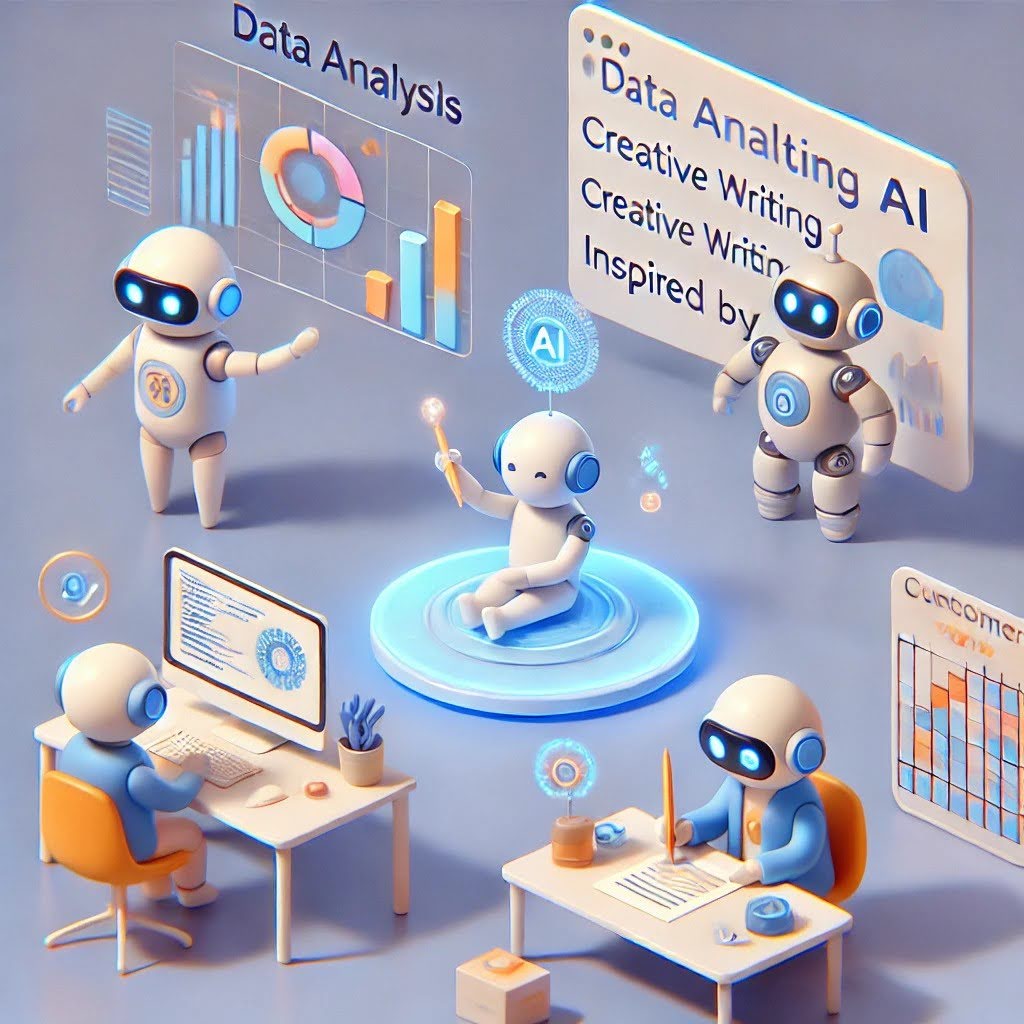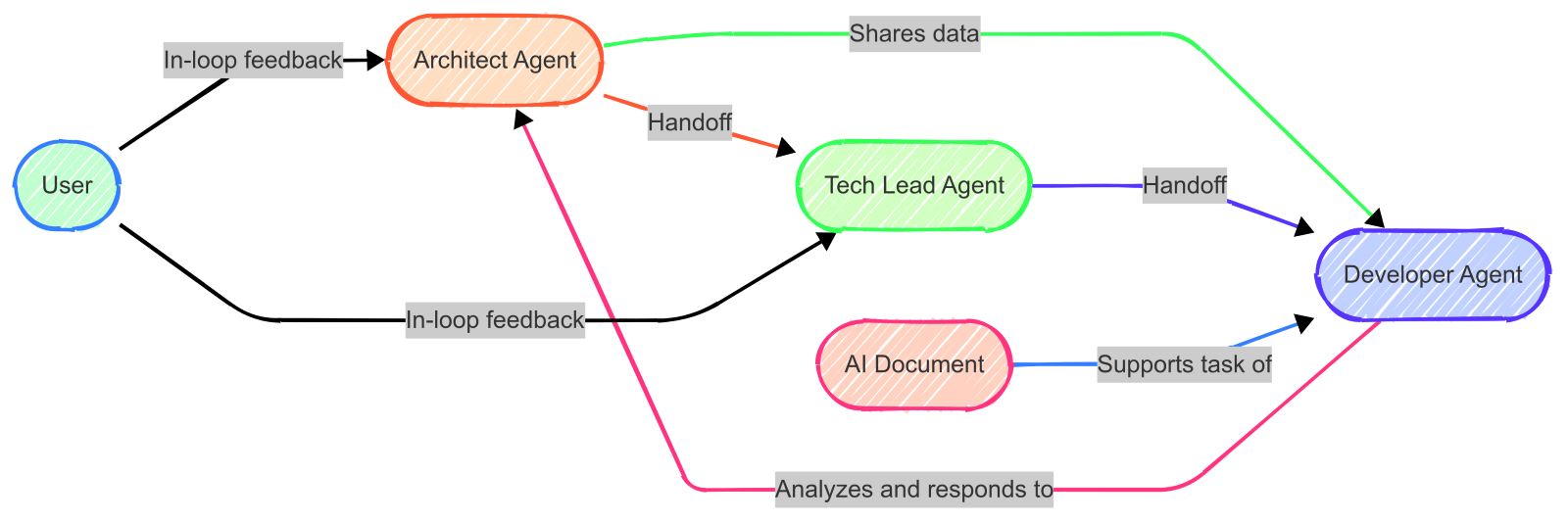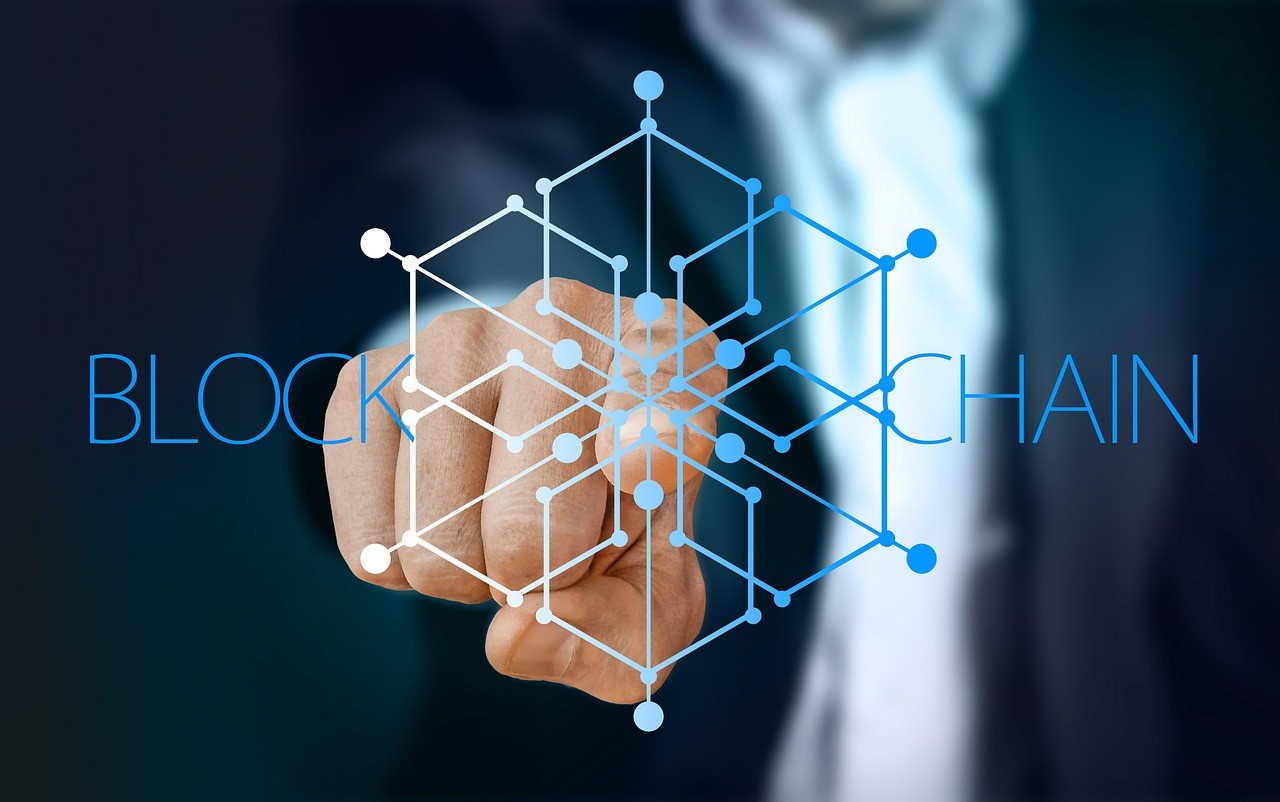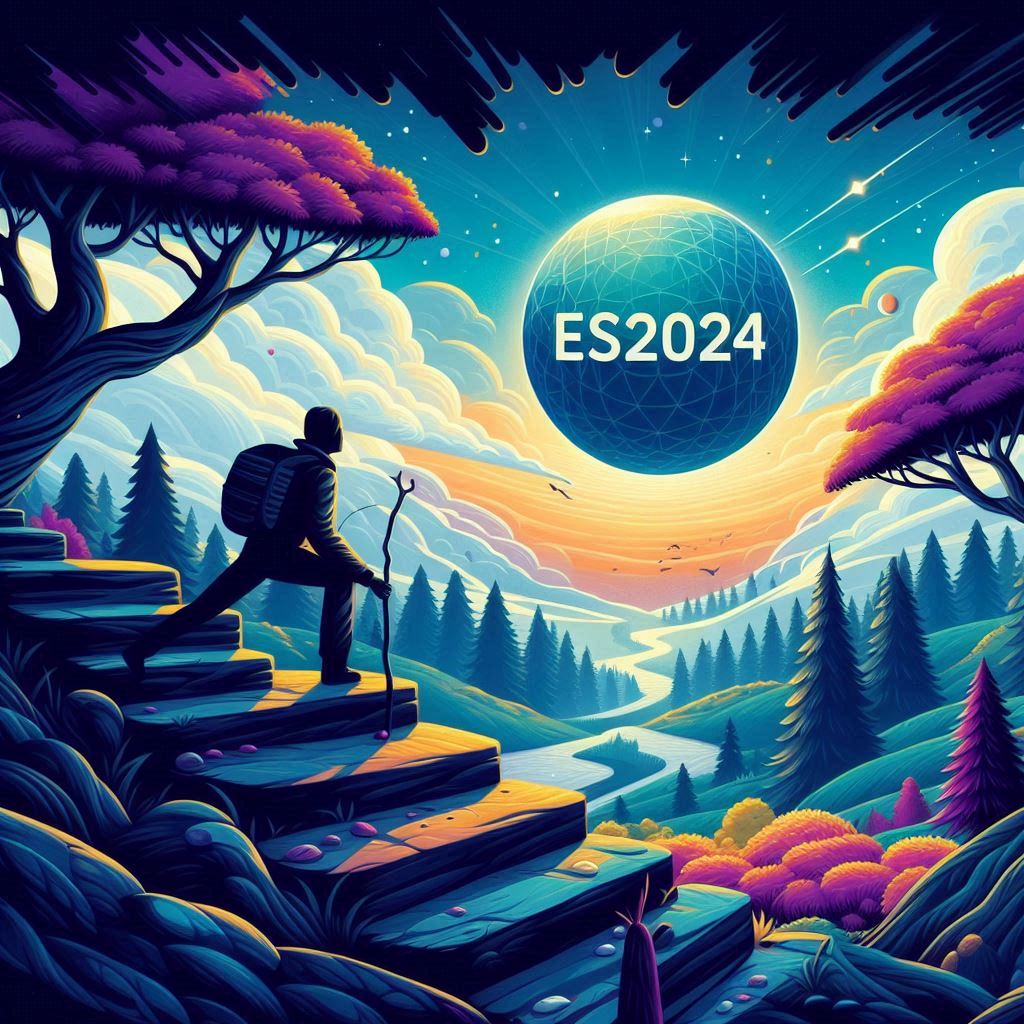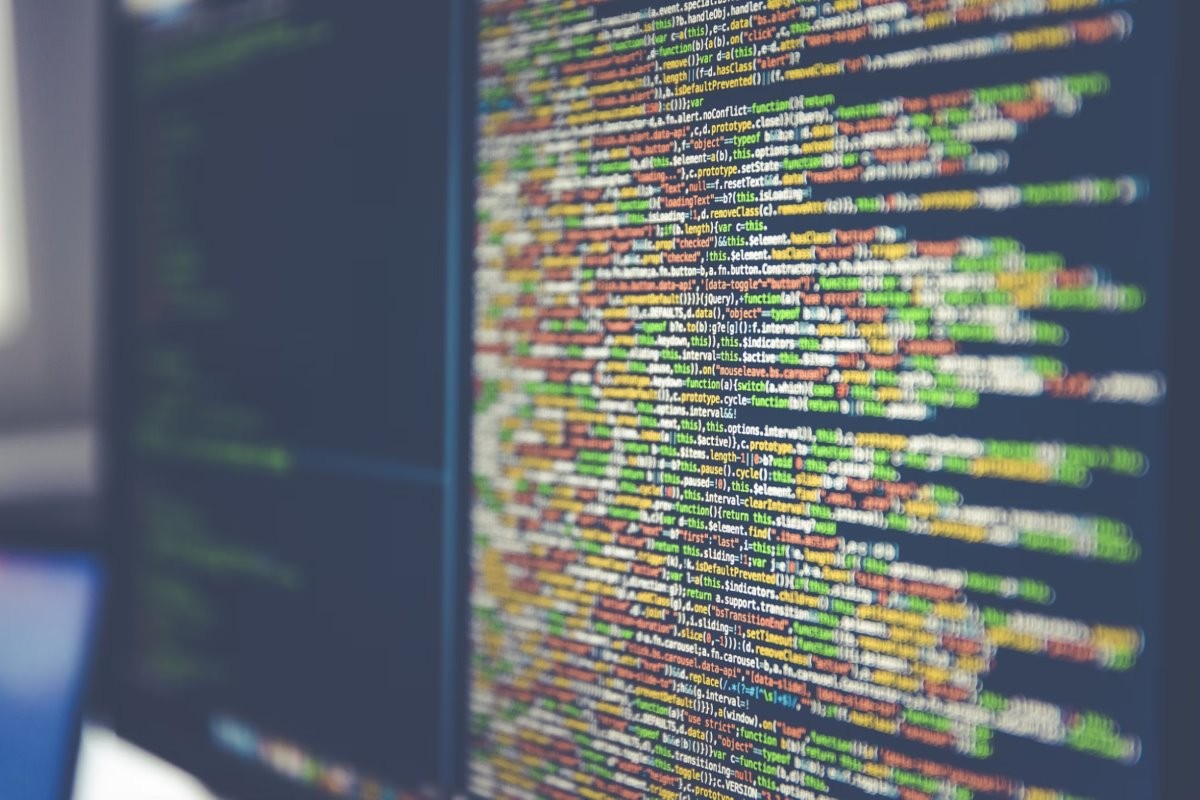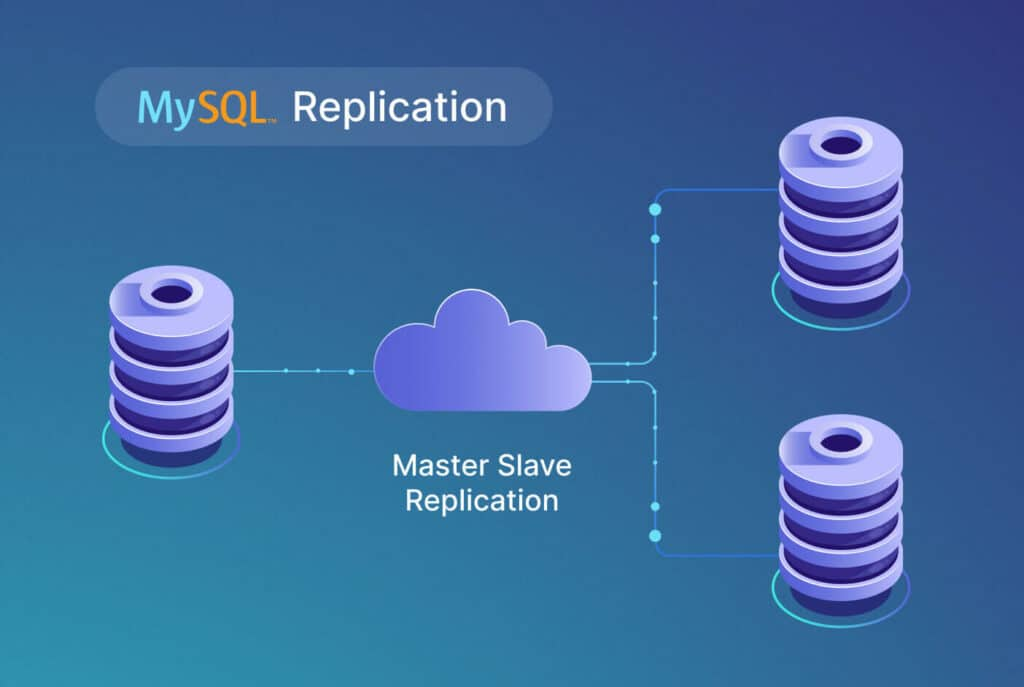In recent years, AI development has rapidly evolved from simple, single-purpose tools to more complex, intelligent systems. As we enter 2025, multi-agent systems (MAS) stand at the forefront of this evolution, offering significant advantages over traditional monolithic AI approaches. This article explores the rise of multi-agent systems, their benefits compared to “godlike” single agents, and how choosing the right agent for each task creates optimal balance between cost, speed, and quality.
Understanding Multi-Agent Systems
A multi-agent system consists of multiple specialized AI agents that work together to accomplish tasks that would be difficult or inefficient for a single agent to handle alone. Unlike traditional “godlike” models that attempt to excel at everything, multi-agent systems distribute responsibilities among specialized components.
Each agent in the system focuses on specific skills or domains, such as:
- Architects: Design high-level systems and evaluate technical approaches
- Technical leads: Implement code and manage technical details
- Documentation experts: Create clear explanations and user guides
- Analysis specialists: Process and interpret complex data
- Customer support agents: Handle user inquiries and issues
These specialized agents communicate through a coordination mechanism, often managed by an orchestrator or agent manager that routes tasks appropriately.
The Limitations of “Godlike” Single Agents
Traditional “godlike” AI models attempt to handle all possible tasks through a single, large, general-purpose model. While impressive in their versatility, these approaches face several significant challenges:
- Resource intensity: Larger models require more computational power, memory, and energy
- Jack of all trades, master of none: Performance on specialized tasks often suffers
- Inefficient resource allocation: Using powerful models for simple tasks wastes resources
- Scaling difficulties: Adding new capabilities often requires retraining the entire model
- Limited specialization: Cannot fully optimize for domain-specific knowledge
These limitations become increasingly problematic as AI systems tackle more complex, varied tasks in production environments.
Benefits of Multi-Agent Systems
The multi-agent approach offers several compelling advantages over monolithic systems:
1. Specialized Expertise
Multi-agent systems allow for deep specialization, with each agent focusing on what it does best. Just as human organizations benefit from specialists in different roles, multi-agent AI systems leverage targeted expertise for superior results.
2. Resource Optimization
Perhaps the most significant practical benefit is resource optimization. In a multi-agent system, computational resources are allocated according to need:
- Simple tasks use lightweight models that consume fewer tokens and less processing power
- Complex tasks engage more powerful models only when necessary
- Overall system efficiency improves through appropriate resource allocation
Consider this real-world comparison of resource usage:
| Task Type | “Godlike” Agent | Multi-Agent System |
|---|---|---|
| Simple FAQ response | Uses full-sized model (high cost) | Uses small specialized model (low cost) |
| Complex reasoning | Uses full-sized model | Uses large specialized model |
| Mixed workflow | Uses full-sized model for all steps | Distributes tasks to appropriate models |
3. Improved Fault Tolerance
Multi-agent systems exhibit greater fault tolerance through their distributed nature. If one agent fails, others can continue functioning, often with minimal impact on the overall system. This creates more reliable systems, especially for critical applications.
4. Faster Innovation and Integration
Adding new capabilities to a multi-agent system doesn’t require retraining the entire model. Instead, new specialized agents can be developed independently and integrated into the existing framework. This accelerates innovation and allows for more agile development.
5. Enhanced Collaboration
Multi-agent systems mirror human teamwork, with different specialists collaborating on complex problems. This collaborative approach often produces better outcomes than having a single entity attempt to master all aspects of a problem.
Real-World Example: Multi-Agent Repository Analysis
The example repository in this article provides a practical example of multi-agent architecture in action. The system includes:
- An AgentManager that coordinates between different specialized agents
- A base Agent class that defines core functionality shared by all agents
- Specialized agents like ArchitectAgent, TechLeadAgent, and DocumentationAgent
- A handoff mechanism that routes tasks to the most appropriate agent
This implementation demonstrates how multi-agent systems can efficiently distribute responsibilities, with each agent registering only the tools it needs for its specific domain.
Choosing the Right Agent and Model
A critical aspect of effective multi-agent systems is selecting the right specialized agent and underlying model for each task. This selection process requires balancing three key factors:
1. Cost Considerations
AI model usage costs vary significantly based on model size, token usage, and processing requirements. Multi-agent systems can optimize costs by deploying:
- Smaller, more efficient models for routine tasks
- Larger, more powerful models only when necessary
- The right-sized model for each specific function
2. Speed Requirements
Different tasks have different latency requirements:
- Customer-facing interactions may require near-instant responses
- Background analysis can tolerate longer processing times
- Critical operations may need to balance speed with accuracy
Multi-agent systems can prioritize speed where it matters most while allowing more processing time for complex operations that require it.
3. Quality Demands
Quality requirements also vary by task:
- Some operations require perfect accuracy (financial calculations, medical diagnostics)
- Others can tolerate occasional imperfections (creative suggestions, non-critical analyses)
- Many tasks fall somewhere in between
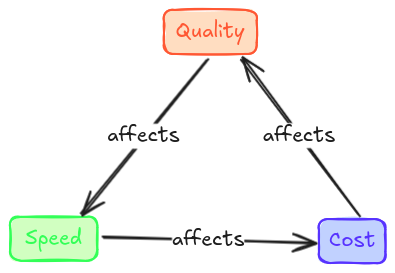
Effective multi-agent systems match quality levels to actual requirements rather than applying the highest possible quality standard universally.
The Future of Multi-Agent Systems in 2025
As we progress through 2025, multi-agent systems are becoming increasingly sophisticated. According to recent research and industry trends:
- Orchestration will become more intelligent: Agent managers will evolve from simple routers to sophisticated coordinators that optimize workflows in real-time
- Models will be precisely matched to tasks: Systems will automatically select and configure the optimal model for each specific task based on complexity, importance, and resource availability
- Agent-to-agent collaboration will increase: Rather than simple handoffs, agents will work collaboratively, sharing information and building on each other’s outputs
- Enterprise adoption will accelerate: Organizations will increasingly shift from single-model approaches to multi-agent systems for mission-critical applications
- Customization will become standard: Systems will allow organizations to easily configure agent teams for their specific industry needs and use cases
Conclusion
Multi-agent systems represent the natural evolution of AI from powerful but inefficient general-purpose models to optimized, collaborative specialist teams. By distributing tasks among specialized agents and selecting the right model for each job, these systems deliver better results with lower resource requirements.
As we continue through 2025, expect to see multi-agent architectures become the standard approach for complex AI implementations, with specialized agents working together to tackle increasingly challenging problems. Organizations that adopt this approach will gain significant advantages in cost efficiency, performance, and capability compared to those relying on traditional single-agent models.
By understanding the importance of choosing the right agent and model for each task, AI architects can build systems that effectively balance cost, speed, and quality—achieving optimal results while maximizing resource efficiency.
References
Academic and Industry Sources
Salesforce. (2025). Future of AI Agents 2025. https://www.salesforce.com/news/stories/future-of-ai-agents-2025/
Disaster Recovery Journal. (2025). The Year of Multi-Agent Systems. https://drj.com/industry_news/2025-the-year-of-multi-agent-systems/
InclusionCloud. (2025). What Are Multiagent Systems? The Future of AI in 2025. https://www.linkedin.com/pulse/what-multiagent-systems-future-ai-2025-inclusioncloud-s8kzf
InData Labs. (2025). Multi-Agent AI Benefits, Advantages & Developments. Retrieved from https://indatalabs.com/blog/multi-agent-ai
Digital Ocean. (2025). Single-Agent vs Multi-Agent Systems: Two Paths for the Future of AI. Retrieved from https://www.digitalocean.com/resources/articles/single-agent-vs-multi-agent
IBM. (2025). AI Agents in 2025: Expectations vs. Reality. Retrieved from https://www.ibm.com/think/insights/ai-agents-2025-expectations-vs-reality
OpenAI. (2025). New tools for building agents. Retrieved from https://openai.com/index/new-tools-for-building-agents/
Implementation Example
Multi-Agent System Repository: https://github.com/daltonnyx/swissknife/
This repository demonstrates a practical implementation of a multi-agent system with specialized agents (Architect, TechLead, Documentation) and an agent manager that handles coordination and handoffs.
Additional Resources
MIT Technology Review. (2025). The collaborative future of artificial intelligence. [Publication details to be added]
Stanford HAI. (2025). Multi-agent systems: Towards more resilient AI. [Publication details to be added]
Note: Some references from 2025 represent projected publications and developments as part of the forward-looking nature of this article.

